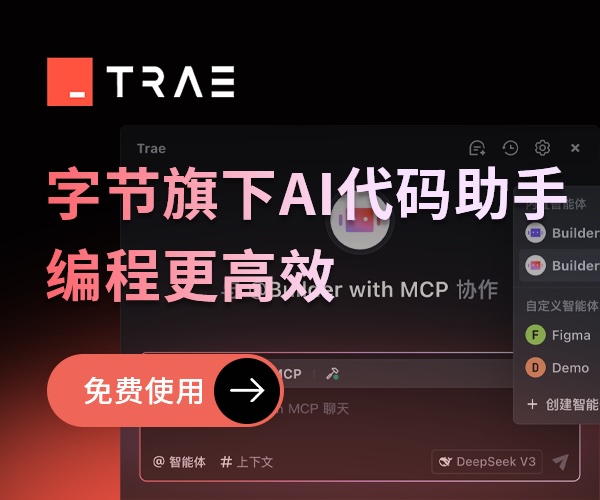[zz]IoCompletion
IoCompletion
The IoCompletion routine completes the processing of I/O operations.
IO_COMPLETION_ROUTINE IoCompletion;
NTSTATUS
IoCompletion(
__in PDEVICE_OBJECT DeviceObject,
__in PIRP Irp,
__in PVOID Context
)
{...}
- DeviceObject
- Caller-supplied pointer to a DEVICE_OBJECT structure. This is the device object for the target device, previously created by the driver's AddDevice routine.
- Irp
- Caller-supplied pointer to an IRP structure that describes the I/O operation.
- Context
- Caller-supplied pointer to driver-specific context information, previously supplied when calling IoSetCompletionRoutine, or IoSetCompletionRoutineEx. Context information must be stored in nonpaged memory, since an IoCompletion routine can be called at DISPATCH_LEVEL (see the following Comments section).
Parameters
Return Value
If the IoCompletion routine determines that additional processing is required for the IRP, it must return STATUS_MORE_PROCESSING_REQUIRED. For more information, see the following Comments section. Otherwise it should return STATUS_SUCCESS. (The I/O manager only checks for the presence or absence of STATUS_MORE_PROCESSING_REQUIRED.)
Comments
A driver's IoCompletion routine executes in an arbitrary thread or DPC context, and at an IRQL that is less than or equal to
To register an IoCompletion routine for a specific IRP, a driver must call IoSetCompletionRoutine or IoSetCompletionRoutineEx, which stores the IoCompletion routine's address in the next-lower driver's I/O stack location. (Thus, a lowest-level driver cannot register an IoCompletion routine.) A driver typically calls IoSetCompletionRoutine or IoSetCompletionRoutineEx from one of its dispatch routines, each time an IRP is received. Most drivers, including all PnP drivers, can use IoSetCompletionRoutine to register their IoCompletion routine. Non-PnP drivers that may be unloaded before their IoCompletion routine executes should use IoSetCompletionRoutineEx instead.
When any driver completes an IRP, it calls IoCompleteRequest, which in turn calls the IoCompletion routine of each higher-level driver, from the next-highest to the highest, until all higher IoCompletion routines have been called or until one routine returns STATUS_MORE_PROCESSING_REQUIRED.
When you create the IRP, allocate a stack location for the current driver as well as any lower drivers. If you do not allocate sufficient stack locations, the DeviceObject pointer might be set to NULL when the completion routine is called. You can avoid allocating extra stack location for the current driver if you use the Context field to pass information to IoCompletion rather then relying on the DeviceObject parameter.
If an IoCompletion routine returns STATUS_MORE_PROCESSING_REQUIRED, the lower driver's call to IoCompleteRequest immediately returns. In this case, a higher-level driver will have to call IoCompleteRequest to complete the IRP.
For more information about implementing IoCompletion routines, see
Example
To define an IoCompletion callback routine that is named MyIoCompletion, you must first provide a function declaration that
Then, implement your callback routine as follows:
MyIoCompletion(
__in PDEVICE_OBJECT DeviceObject,
__in PIRP Irp,
__in PVOID Context
)
{
// Function body
}
The IO_COMPLETION_ROUTINE function type is defined in the Wdm.h header file. For more information about SDV requirements for function declarations, see
Requirements
IRQL: <=DISPATCH_LEVEL (see Comments section)
Headers: Declared in Wdm.h. Include Wdm.h, Ntddk.h, or Ntifs.h.
posted on 2009-12-29 11:36 小默 閱讀(486) 評論(0) 編輯 收藏 引用 所屬分類: Windows


